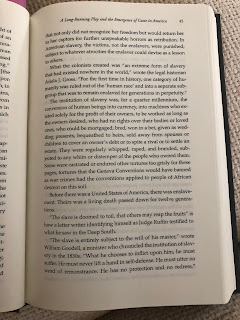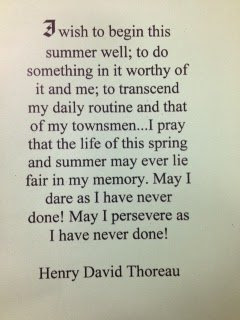Videos can enrich learning in many ways, from providing direct instruction to making synchronous class meetings asynchronously accessible. Embedding a video on your blog enables users to see everything they need in one place, without following a link to another site (and leaving yours!). Videos make your site more entertaining and engaging, and embedding them easier than you think. Learn how in this 3-minute video, which I made for students to help them with their work for Hack to School Night:


